I’m taking another break from the aged oolongs (yes, there are actually a few more) because I ran out of containers for the bags I’m opening. Since I want to keep them away from moisture (and it’s very moist here in Taiwan, at all times of the year, basically) I need to get new containers before I will continue. That shouldn’t take too long.
So I went back to vanquishing leftover samples.
I have some leftover from the Sanzui guy who sold cakes through the forum, a Jingmai and a Bangwei. Neither sample was quite big enough for one sitting, so I figured… why not, I’ll mix them.
Blending is an art, and I’m not claiming to know anything about it. The purpose of blending is to cover up faults of a tea and enhance each other’s strengths. It is supposed to give a tea more complexity and make it better. This isn’t just true for puerh. I know oolongs are blended, especially if they’re roasted teas. Sometimes it’s also a matter of cost, but “mouthfeel” is something they often shoot for when blending. Whereas a single-region tea can be “simple” or perhaps even “boring” in mouthfeel, having a few regions mixed together can create a more balanced or perhaps fuller experience.
I have no idea what works and what doesn’t. I know a few people who will do things like putting some old, wet stored puerh in the pot and add a little bit of very young tea in with it, which gives the tea more liveliness while mostly retaining the aged character of the tea. It enlivens an otherwise rather flat, if aged, tea. Young tea is blended for “layering” effect, so that when the tea enters the mouth it will not only stimulate just one region of the mouth, but rather envelopes it in one way or another. One might be particularly good in the aftertaste department but is flat on the aroma, while another is sweet and tasty but lacking in a good finish; those would work well together (hypothetically, anyway).
I figured the Jingmai and Bangwei teas sort of worked like this. The Jingmai is better up front, with an aromatic opening but lacking in longevity in terms of its ability to linger in the mouth. The Bangwei is better in that department, but can be boring with a low level of aromatics.
The mixture is about 1 Jingmai to 2 Bangwei. You can hardly tell what’s what when it’s dry
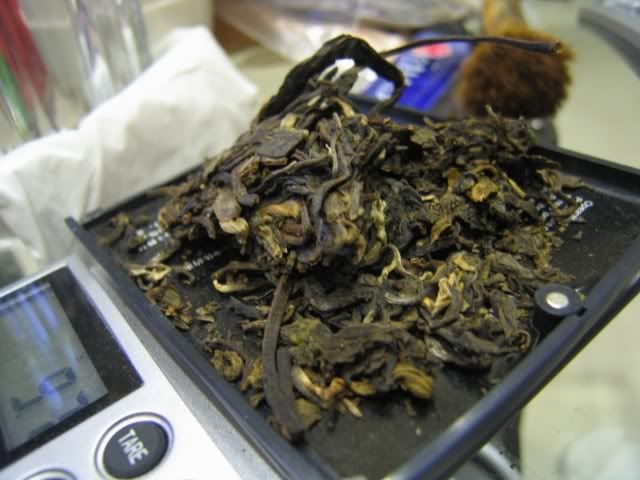
Or for that matter… when it’s wet
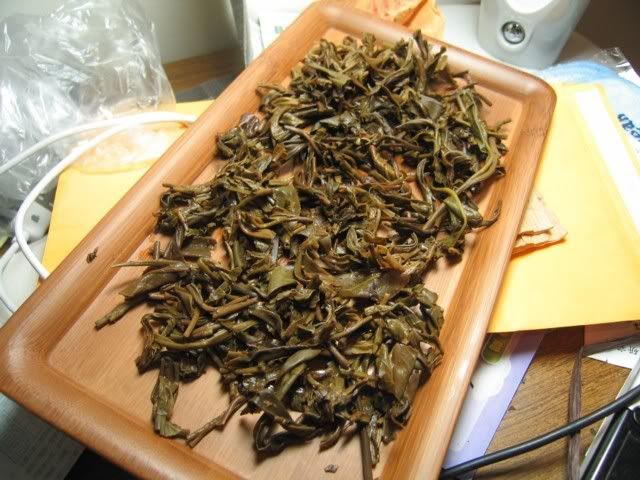
The tea did seem to come out a little fuller — and the first few cups filled the mouth with its aroma, a mixture of Jingmai’s distinctive taste and a more bitter edge that the Bangwei has. However, I can’t say for sure that this is not just placebo. The tea did, however, have a clearer progression during the subsequent infusions. I realized afterwards that what I should’ve done (and will do next time I try something like this) is to have three gaiwans — one of tea A, one of tea B, and one of tea AB, and see what differences I can detect. I feel like a self-experimenting guinea pig sometimes.

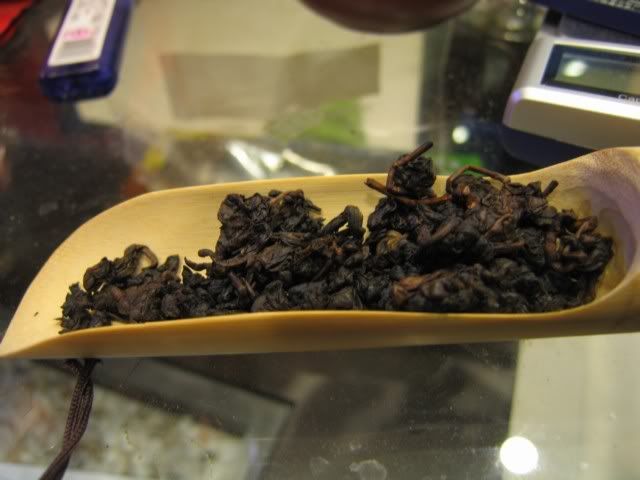
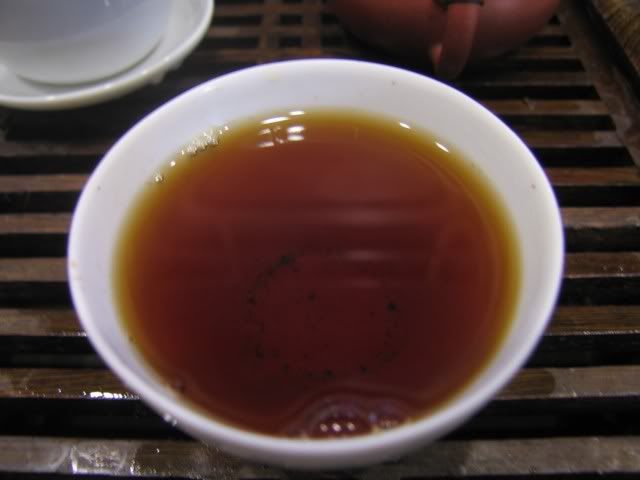
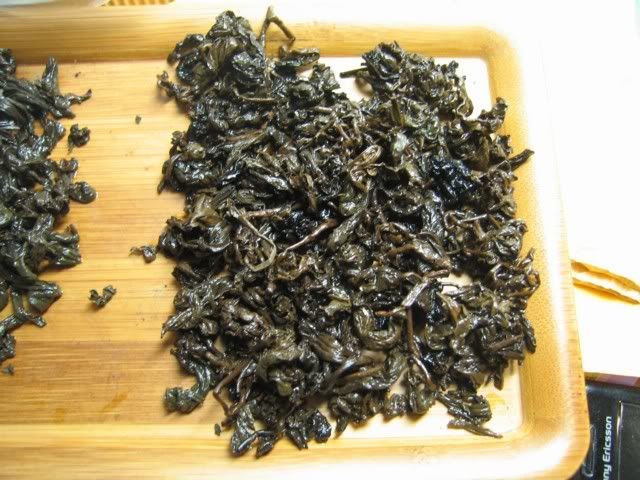
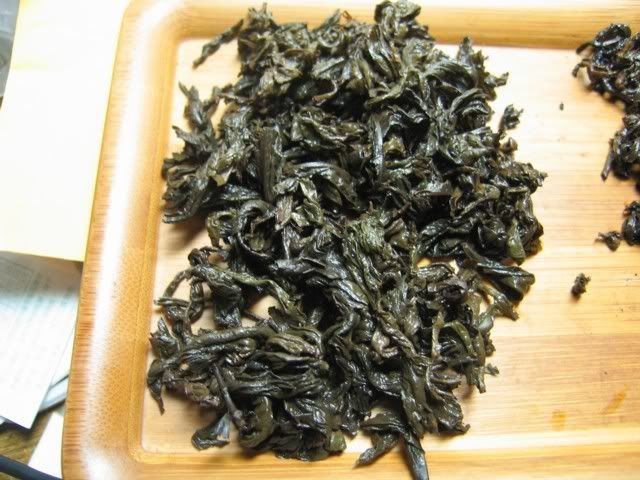
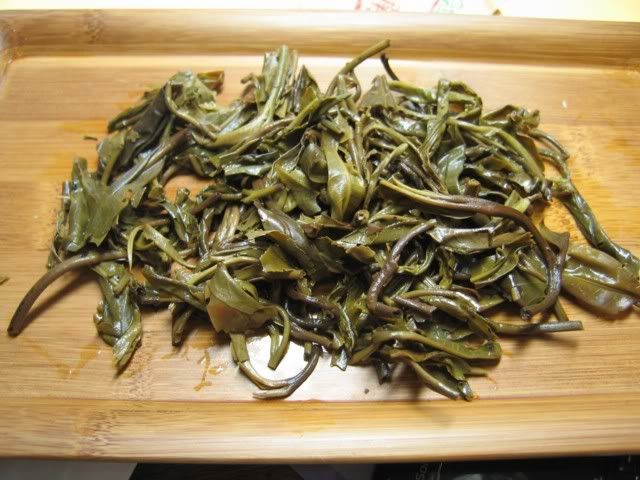
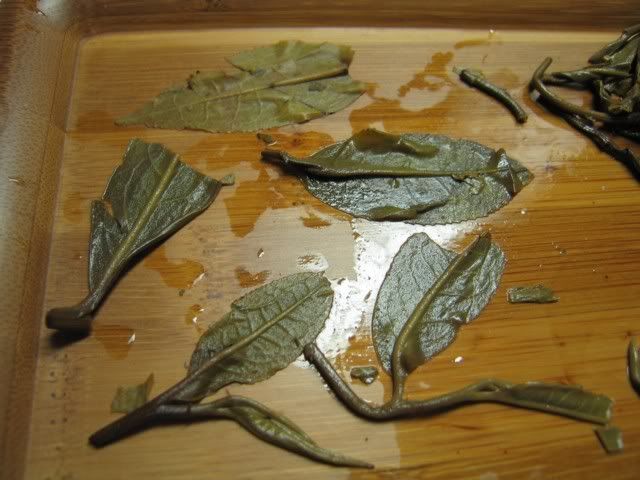
 RSS - Posts
RSS - Posts
Interesting.... would 250C in my oven work?